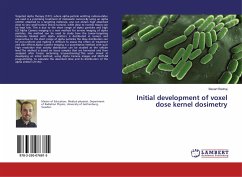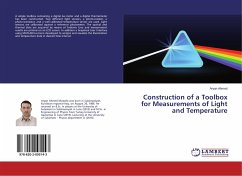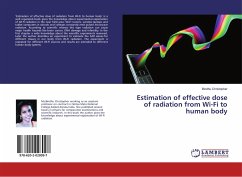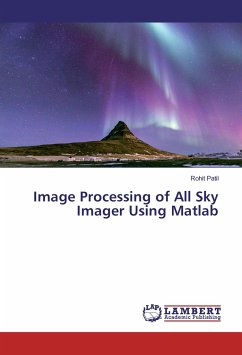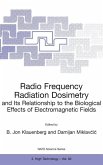Targeted alpha therapy (TAT), where alpha-particle emitting radionuclides are used is a promising treatment of metastatic cancers.By using an alpha emitter attached to a targeting molecule, one can obtain high absorbed dose to very small tumors (micro tumors), while dose to normal tissues can be kept low. This is due to the short range of alpha particles and high LET.Alpha Camera imaging is a new method for ex-vivo imaging of alpha particles, the method can be used to study how the tumor-targeting molecules labeled with alpha emitters is distributed in tumors and organs.Due to the short range of alpha particles the dose distribution can be non-uniform and making it difficult to assess the effect of treatment and side effects.Alpha Camera Imaging is a quantitative method with such high resolution that activity distribution can be studied at the cellular level.The method is based on tissue samples that are harvested and then analyzed after freeze sectioning (cryosectioning).This work aimed at developing an initial method, using Alpha Camera images and MATLAB programming, to calculate the absorbed dose and its distribution of the alpha emitter (211At).

